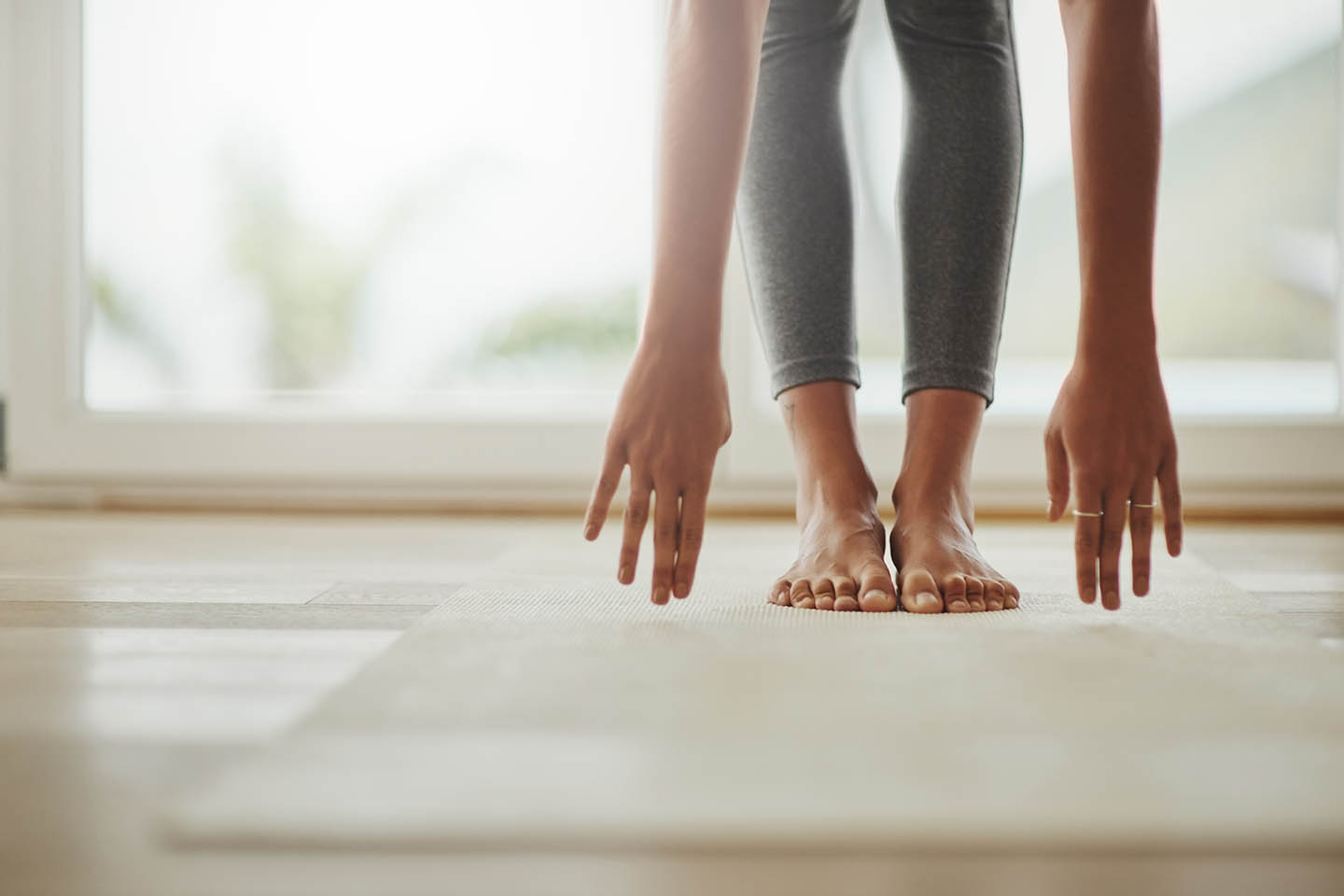Raise your hand if you thought that stretching was just stretching, and there were no nuances to it. Hold a stretch for a bit and call it a day – nothing to see here. It isn’t exactly rocket science, so why treat it as such?
There are actually 2 types of stretching – and you should incorporate both into your regimen if you truly want to optimize how your body looks and feels. There’s no way around it.
Passive Stretching
Passive stretching is just that – passive. There is no external force or movement involved in a passive stretch, you are merely holding a stretch and lengthening the tissue. Think of a basic hip flexor stretch, a tricep stretch, or a forearm stretch where you pull your hand back.
These will be held for a predetermined period of time, ensuring that the tissue has enough time to adjust to the demands being putting on it.
These stretches are ideal after a workout – but never before. If you hold a passive stretch for too long before a workout, your muscles will be able to achieve new ranges of motion – which is a good thing.
But when you unlock these new ranges of motion before a workout, your body is not yet used to your new levels of functionality. It simply has never been this flexible before, and will not know what to do when asked to perform a strength training exercise with this newfound flexibility. This can lead to injury.
After a workout, these are great. Your tissues will be engorged with blood – and damaged from all the hard work you put in. If you do passive stretches after a hard workout, you will reintroduce blood flow into the area – which significantly reduces the post-workout soreness that makes it hard to walk down the stairs the next day.
So a passive stretch just means you are holding a stretch, and not moving your body. You’re like a statue.
Active Stretching
Also known as dynamic stretching – an active stretch introduces movement into a stretch, essentially “greasing the groove” and getting the muscles ready to perform athletic movements. You will often see pro athletes doing these as a pre-game warmup.
Think of a football player swinging his leg forward, backwards, and side-to-side. This is an active stretch for the hips. When you introduce movement to a stretch, you are lengthening the tissue, while simultaneously warming it up.
Obviously, this makes it ideal for your pre-workout warmup. If you skip dynamic stretching, you are going into your workout with your muscles “cold” and not ready to fire. This increases the chance of an injury. Your typical warmup at a commercial gym involves a few half-hearted passive stretches – which is entirely pointless in terms of getting your body ready to do work.
Dynamic stretches – when meshed together in a sort of “flow” routine, can be a great way to get your heart rate up. Lengthening tissues and light cardio – what’s not to love? You can perform a ton of dynamic stretches for any part of the body, so there’s no excuse to ever skip them.
You need to incorporate both types into your routine if you want to function at peak performance. Keep in mind that dynamic stretching can also be used after a workout – but you might find that passive is more effective in terms of reducing post-workout soreness. But play around with it yourself, and enjoy your newfound flexibility.
